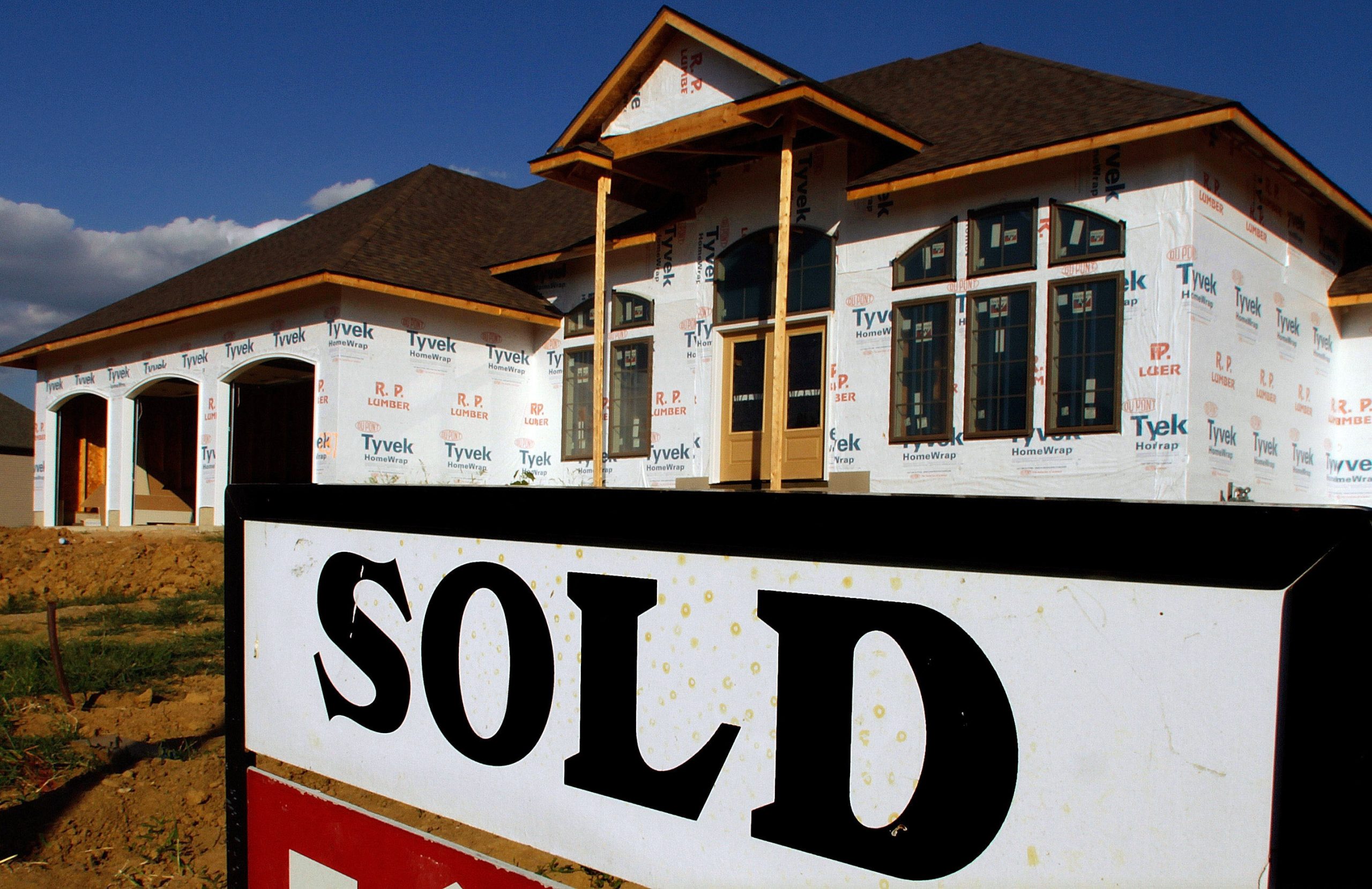

The number of housing starts ticked up in February despite pressure from high mortgage rates — good news for a market that has seen turmoil the past few years.
Housing starts, the change in the number of new residential buildings that began construction, rose 10.7% from January to this past month, according to a Tuesday morning report from the Census Bureau.
They are now at a seasonally adjusted annual rate of 1.52 million. From February 2023, they increased by 5.9%.
The rate of new permits to build, which are seen as a proxy for future construction, was 2.4% above the rate in February of last year.
As of this week, the average rate on a 30-year, fixed-rate mortgage was 7.11%, according to Mortgage News Daily, which tracks daily changes in rates. That is down from a recent peak of above 8%, although it is far higher than in the years prior to the pandemic.
The housing market was red-hot during much of the pandemic because the Federal Reserve cut interest rates to near-zero levels, causing ultralow mortgage rates for homebuyers. Those historic rates spurred a massive upsurge of demand, causing prices to rise and new construction to skyrocket.
The whiplash from the low pandemic mortgage rates to now has generated ripples throughout the housing sector.
Housing starts peaked in April 2022, when they were the highest they had been since 2006, just before the housing market crashed. Since then, they have gradually trended lower as mortgage rates rose.
Mortgage rates topped out at over 8% in October but then soon began plunging as investors began to be convinced that the Fed would soon pivot and start cutting rates.
But now that trend of falling rates has reversed after some inflation reports and other economic indicators showed that the economy is remaining strong and inflation is proving stickier than previously thought, increasing the odds that the central bank will keep holding rates higher for longer.
Typically, when mortgage rates rise, demand for homebuying falls, hurting the housing market.
There is also a unique pandemic-era dynamic at play in the housing market. When the Fed cut interest rates in 2020, mortgage rates flatlined at historic lows below 3%, causing an increase in home purchases and refinancings and pushing home prices upward.
But after mortgage rates began quickly rising, those who had locked in those sub-3% rates have been holding off on selling, causing a scarcity of existing homes on the market and putting pressure on the market for new homes.
CLICK HERE TO READ MORE FROM THE WASHINGTON EXAMINER
Existing home sales rose 3.1% in January but fell 1.7% compared to the year before, according to the National Association of Realtors. Also the price of an existing home rose 5.1% from January 2023 to $379,100 — the seventh consecutive month of year-over-year price increases.
On the other hand, new home sales rose 1.5% in January and are just under 2% higher than the January 2023 estimates.






